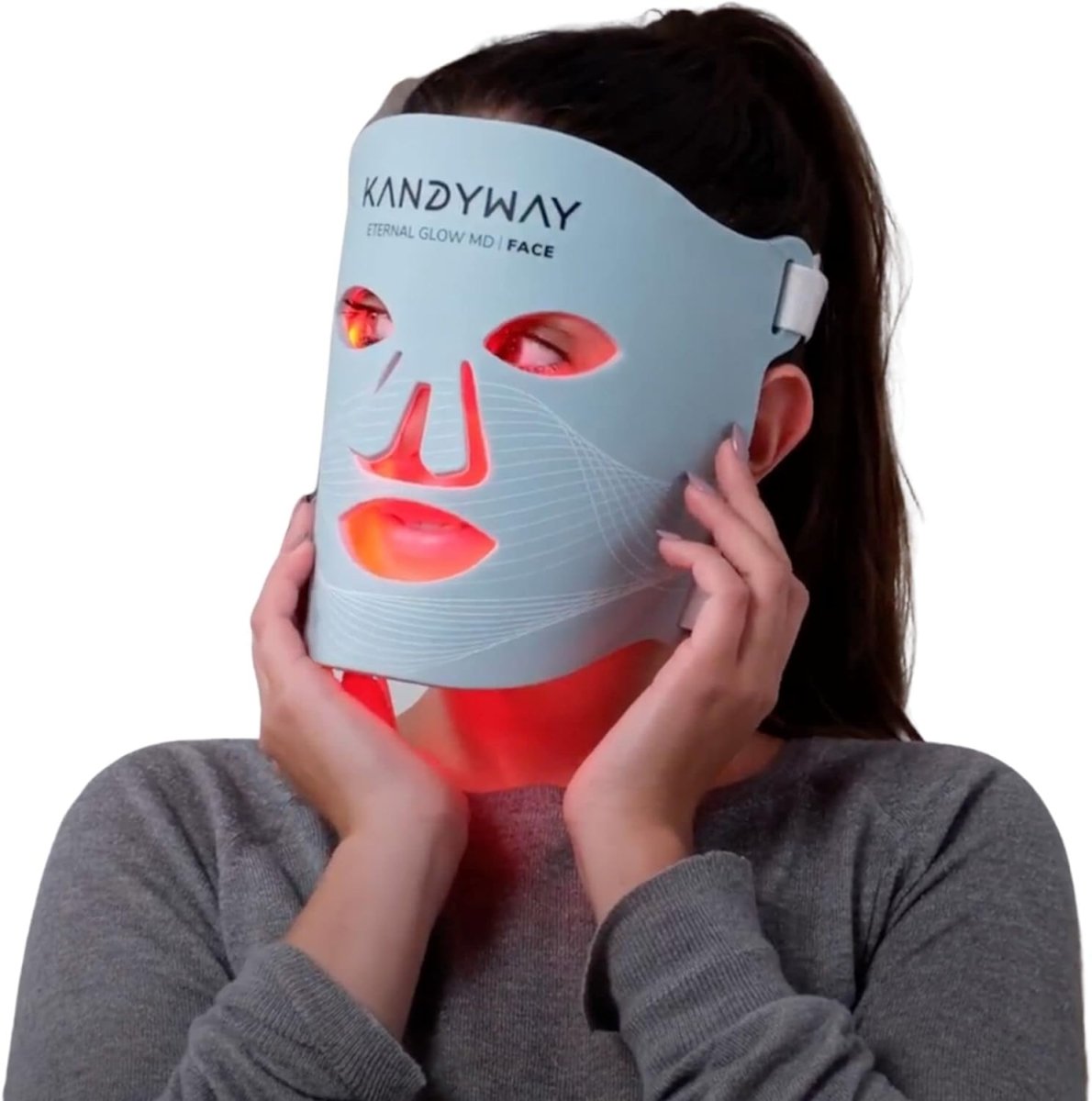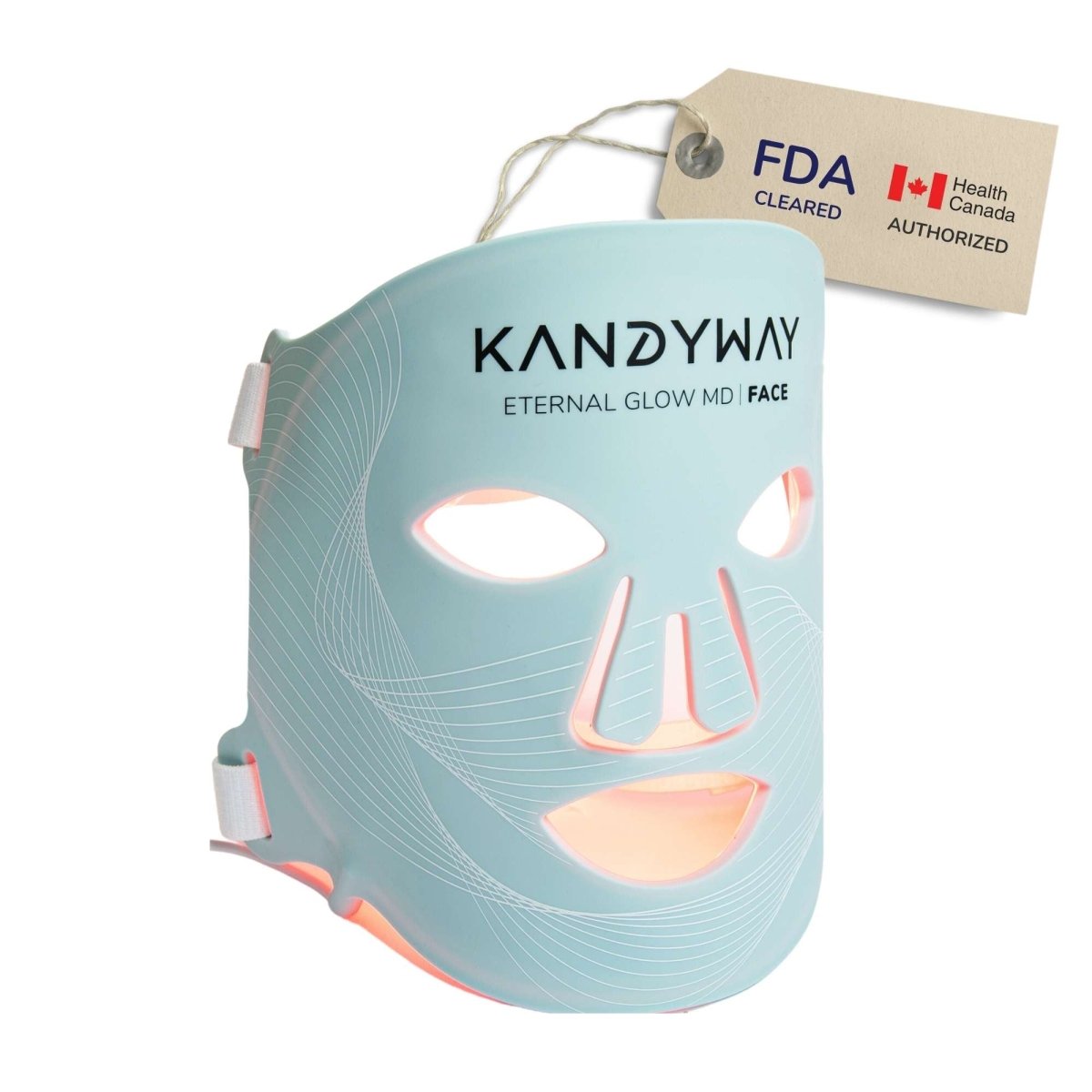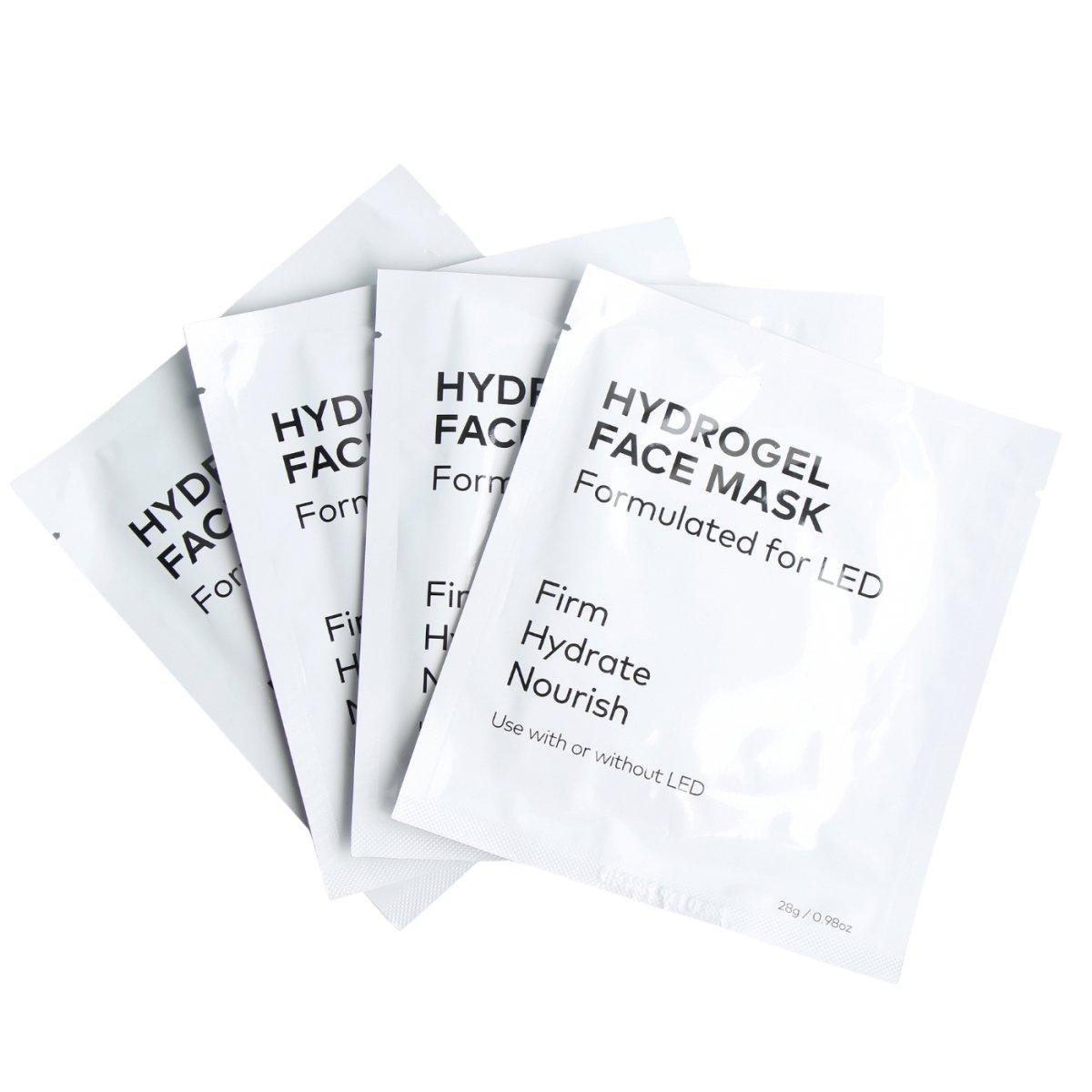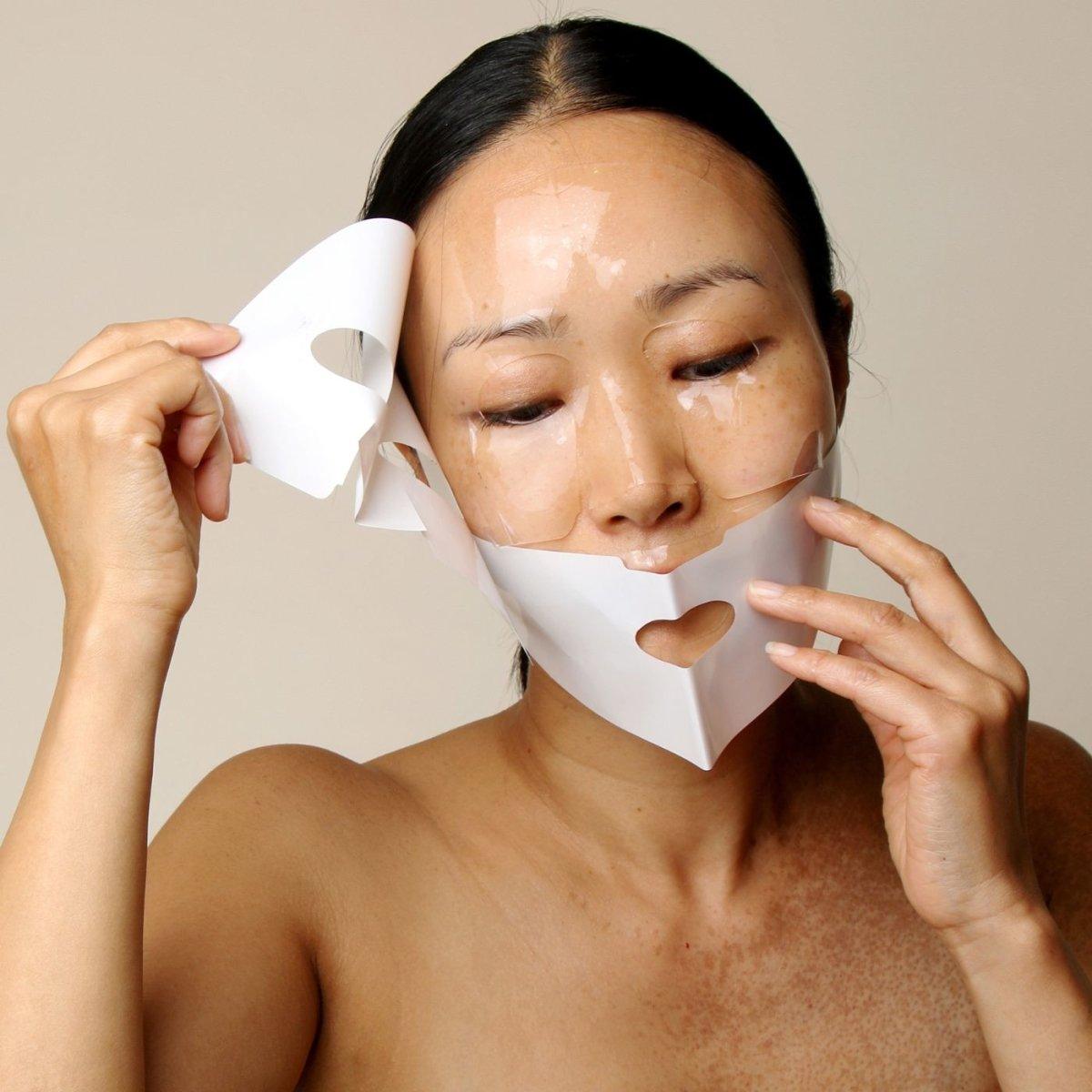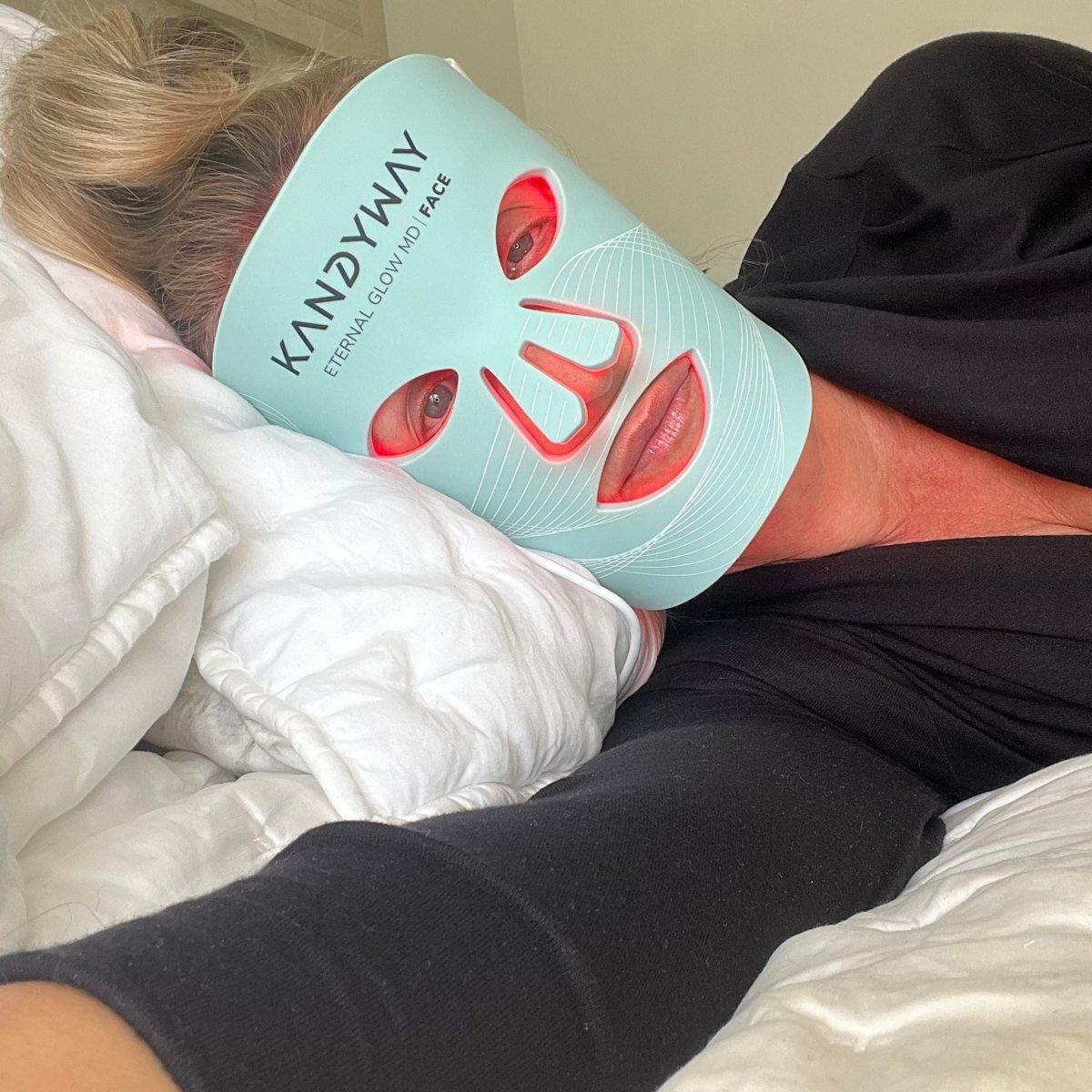Sunspots, also known as age spots, are small, flat dark areas on the skin that can appear due to prolonged exposure to the sun. These spots are a common concern for many individuals seeking to maintain a youthful and even skin tone. Red light therapy has emerged as a promising non-invasive treatment to help reduce the appearance of sunspots. This article delves into the nature of sunspots, the science behind red light therapy, and how this innovative treatment can support skin health.

Key Takeaways
-
Sunspots are small, flat dark areas on the skin caused by prolonged sun exposure.
-
Red light therapy works by penetrating the skin and stimulating cellular activity, promoting healing and rejuvenation.
-
Scientific studies have shown that red light therapy can help reduce the appearance of fine lines, wrinkles, and sunspots.
-
Using red light therapy masks at home can be safe and effective when following proper guidelines and precautions.
-
Complementary skincare practices, such as combining red light therapy with other treatments and maintaining healthy lifestyle habits, can enhance overall skin health.
What Are Sunspots and How Do They Form?
Causes of Sunspots
Sunspots, also known as solar lentigines or age spots, are primarily caused by prolonged and unprotected exposure to the sun. The skin reacts to ultraviolet (UV) rays by producing melanin, the pigment responsible for skin color. Excessive melanin production can lead to hyperpigmentation, manifesting as localized dark patches. Other contributing factors include aging, hormonal changes, and certain medications.
Common Areas Affected by Sunspots
Sunspots commonly appear on areas of the skin that are frequently exposed to the sun. These include:
-
Face
-
Hands
-
Shoulders
-
Arms
-
Back
Preventive Measures for Sunspots
Preventing sunspots involves protecting the skin from UV damage. Here are some effective preventive measures:
-
Use Sunscreen: Apply a broad-spectrum sunscreen with a minimum SPF of 30. Reapply every two hours, especially during prolonged sun exposure.
-
Wear Protective Clothing: Use hats, sunglasses, and long-sleeved clothing to shield your skin from the sun.
-
Seek Shade: Avoid direct sun exposure during peak hours, typically between 10 a.m. and 4 p.m.
-
Regular Skin Check-ups: Regular dermatological check-ups can help in early detection and management of sunspots.
Understanding the various factors that contribute to the formation of sunspots is key to selecting the appropriate treatment and preventive measures. Regular dermatological check-ups and adopting a vigilant skincare routine can significantly help in managing and reducing these blemishes.
The Science Behind Red Light Therapy
Red light therapy works by penetrating the skin and stimulating cellular activity. The light energy is absorbed by the mitochondria, which boosts energy production within the cells and promotes healing and rejuvenation.
Red light therapy can stimulate collagen production, which helps reduce the appearance of fine lines and wrinkles. It also improves overall skin texture and tone, and has anti-inflammatory properties that can help soothe the skin and reduce redness.
Numerous clinical trials have demonstrated the benefits of red light therapy for skin health. For example, a study published in the Journal of Dermatological Research found significant improvements in skin smoothness and clarity after consistent use. Another study in the Clinical Aesthetics Journal reported a noticeable reduction in the appearance of wrinkles with regular use of red light therapy.
Red light therapy is an innovative, non-invasive treatment that supports natural cellular processes, helping maintain youthful and healthy-looking skin.

Benefits of Red Light Therapy for Skin Health
Reducing Fine Lines and Wrinkles
Red light therapy is an innovative, non-invasive treatment that can help reduce the appearance of fine lines and wrinkles. By penetrating the skin with specific wavelengths of red and near-infrared light, this therapy can stimulate collagen production and improve skin elasticity. Many users report a noticeable reduction in the appearance of wrinkles with regular use.
Improving Skin Texture and Tone
Regular use of red light therapy may help improve the overall texture of your skin. The therapy works by boosting cellular activity, which can lead to smoother and more even skin. Users often notice a healthier glow and improved skin tone after consistent use.
Reducing Inflammation and Redness
Red light therapy is known for its potential anti-inflammatory effects, which can help soothe and calm the skin. By reducing redness and irritation, this therapy may promote a more even and balanced complexion.
In addition to its wrinkle-reducing benefits, red light therapy can be a great addition to your skincare routine for overall skin health. This therapy supports natural cellular processes, which can help maintain youthful and healthy-looking skin.
Using Red Light Therapy to Reduce Sunspots
Mechanism of Action on Sunspots
Red Light Therapy (RLT) operates by targeting the core of melanogenesis, the process by which the skin generates melanin, the pigment responsible for its color. By modulating this process, RLT can effectively inhibit excessive melanin production, which is often the culprit behind dark spots and uneven skin pigmentation. The precise mechanism involves the absorption of red light wavelengths by the skin, which influences cellular behavior and reduces the activity of enzymes that catalyze melanin production.
Clinical Evidence and Case Studies
Several clinical studies have demonstrated the efficacy of red light therapy in reducing hyperpigmentation and improving skin appearance. For instance, a study by Lee et al. showed significant decreases in melanin levels after a course of treatments. Another study reported that 91% of subjects experienced improved skin tone, while 82% noted enhanced smoothness. These findings suggest that RLT can be a valuable tool in managing sunspots.
|
Study |
Improvement in Skin Tone |
Improvement in Smoothness |
|---|---|---|
|
Lee et al. |
91% |
82% |
|
Russell et al. |
85% |
78% |
User Experiences and Testimonials
Many users have reported positive outcomes with regular use of red light therapy masks. Users often notice a reduction in the visibility of sunspots and a more even skin tone. Testimonials frequently highlight the non-invasive nature of the treatment and its ease of use at home.
Red light therapy is a powerful, painless, and non-invasive treatment option that can help reduce hyperpigmentation and improve skin appearance. By understanding the causes of dark spots and incorporating Red Light Therapy into your skincare regimen, you can work towards a more even and radiant complexion. Remember to combine red light therapy with complementary treatments and healthy lifestyle habits to support your skin's overall health and well-being.
How to Safely Use Red Light Therapy Masks at Home

When selecting a red light therapy mask for home use, it's essential to consider the device's specifications and safety features. Look for masks that have been FDA-cleared and come with clear usage instructions. Ensure the device has adjustable settings to cater to different skin sensitivities and treatment needs.
-
Read the Manual: Always start by thoroughly reading the manufacturer's instructions.
-
Clean Your Face: Ensure your skin is clean and free of any products before using the mask.
-
Set Up the Device: Adjust the settings according to your comfort level and the manufacturer's recommendations.
-
Wear Protective Eyewear: Protect your eyes by wearing the provided goggles or closing your eyes during the session.
-
Start with Short Sessions: Begin with shorter sessions (5-10 minutes) and gradually increase the duration as your skin adapts.
-
Maintain Consistency: Use the mask consistently, as recommended, to see the best results.
-
Post-Treatment Care: Apply a gentle moisturizer and sunscreen after each session to protect your skin.
-
Consult a Dermatologist: Before starting red light therapy, consult with a dermatologist to ensure it's suitable for your skin type and condition.
-
Monitor Skin Reactions: Keep an eye on how your skin reacts to the treatment and adjust the frequency or duration if necessary.
-
Avoid Overuse: Stick to the recommended usage guidelines to prevent skin irritation or damage.
-
Protect Your Eyes: Always use protective eyewear to shield your eyes from the light.
-
Avoid Harsh Treatments: Do not use any harsh skincare treatments immediately after red light therapy.
Red light therapy masks can be a safe and effective addition to your skincare routine when used correctly. Always follow the manufacturer's instructions and consult with a healthcare provider if you have any concerns.
By following these guidelines, you can safely and effectively incorporate red light therapy into your at-home skincare regimen.
Complementary Skincare Practices
Incorporating red light therapy into your skincare routine can amplify the benefits of other treatments. Combining therapies can lead to more comprehensive skin health improvements. For instance, using red light therapy alongside topical antioxidants can enhance skin rejuvenation and protection.
A holistic approach to skincare emphasizes integrating lifestyle and wellness practices that nourish and protect the skin beyond topical treatments. This comprehensive strategy considers various aspects of daily life, from diet to stress management, each playing a pivotal role in maintaining skin health. Below are the key components:
-
Balanced Diet: Consuming a diet rich in vitamins, minerals, and antioxidants supports skin health from the inside out.
-
Hydration: Drinking plenty of water helps maintain skin elasticity and hydration.
-
Regular Exercise: Physical activity boosts circulation, which can improve skin tone and texture.
-
Adequate Sleep: Quality sleep is essential for skin repair and regeneration.
-
Stress Management: Practices like meditation and yoga can reduce stress, which often negatively impacts skin health.
Incorporating these practices into your daily routine can significantly enhance your skin’s health from the inside out. By addressing skincare holistically, you are not only improving your skin's appearance but also its overall resilience and health.
Choosing the right skincare products can complement the effects of red light therapy. Here are some recommended products:
-
Antioxidant Serums: These can help protect the skin from environmental damage and enhance the rejuvenating effects of red light therapy.
-
Hydrating Moisturizers: Keeping the skin well-moisturized is crucial for maintaining its barrier function and overall health.
-
Sunscreen: Daily use of sunscreen is essential to protect the skin from UV damage, which can counteract the benefits of red light therapy.
-
Exfoliants: Regular exfoliation can help remove dead skin cells, allowing for better penetration of skincare products and red light therapy.
By integrating these complementary practices and products, you can maximize the benefits of red light therapy and achieve healthier, more radiant skin.
Discover the best complementary skincare practices to enhance your beauty routine. From natural remedies to advanced treatments, our comprehensive guide has it all. Visit our website to explore more and achieve radiant skin today!
Conclusion
Sunspots, a common skin concern, can be effectively managed with the right approach. Red light therapy masks offer a promising, non-invasive solution that may help reduce the appearance of sunspots by stimulating cellular activity and promoting skin rejuvenation. By incorporating red light therapy into your skincare routine, you can potentially improve your skin's texture, tone, and overall health. Always remember to follow the manufacturer's guidelines for safe use and consult with a healthcare provider before starting any new treatment. With consistent use and proper care, red light therapy masks can be a valuable addition to your efforts in achieving a clearer and more radiant complexion.

Frequently Asked Questions
What are sunspots and how do they form?
Sunspots, also known as age spots or liver spots, are flat, brown spots that appear on the skin due to prolonged exposure to ultraviolet (UV) radiation from the sun. They form when melanin, the pigment responsible for skin color, becomes concentrated in certain areas of the skin.
How does red light therapy work to reduce sunspots?
Red light therapy works by penetrating the skin and stimulating cellular activity. The light energy is absorbed by the mitochondria, which boosts energy production within the cells and promotes healing and rejuvenation. This process can help reduce the appearance of sunspots over time.
Is red light therapy safe for all skin types?
Yes, red light therapy is generally considered safe for all skin types. However, it is always recommended to consult with a healthcare provider before starting any new skincare treatment to ensure it is appropriate for your specific skin condition.
How often should I use a red light therapy mask to see results?
For best results, it is recommended to use a red light therapy mask consistently, typically 3-5 times per week. Results may vary depending on individual skin conditions and adherence to the treatment schedule.
Can red light therapy be combined with other skincare treatments?
Yes, red light therapy can be combined with other skincare treatments. In fact, it is often used in conjunction with topical treatments and other therapies to enhance overall skin health and achieve better results.
Are there any side effects of using red light therapy masks?
Red light therapy is generally well-tolerated with minimal side effects. Some users may experience mild redness or irritation after treatment, but these effects are usually temporary. It is important to follow the manufacturer's instructions and safety precautions to minimize any potential risks.





